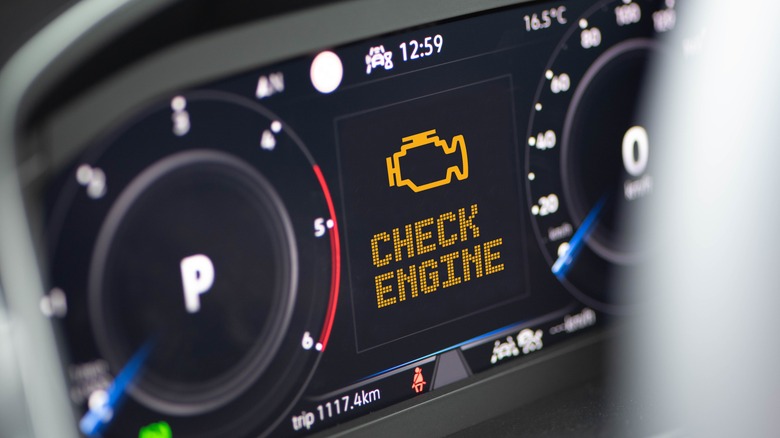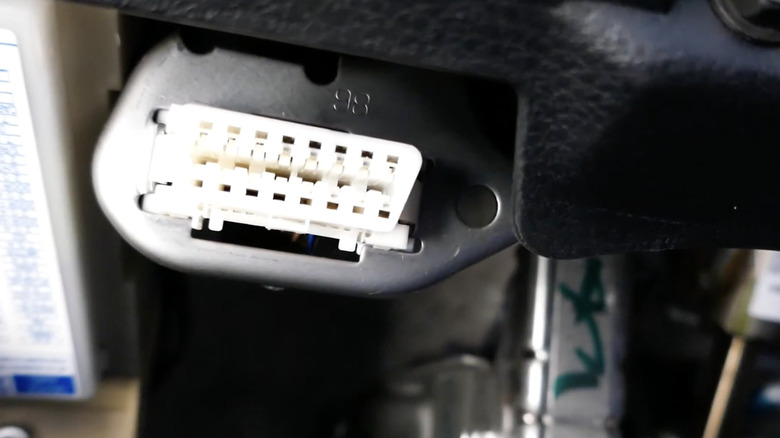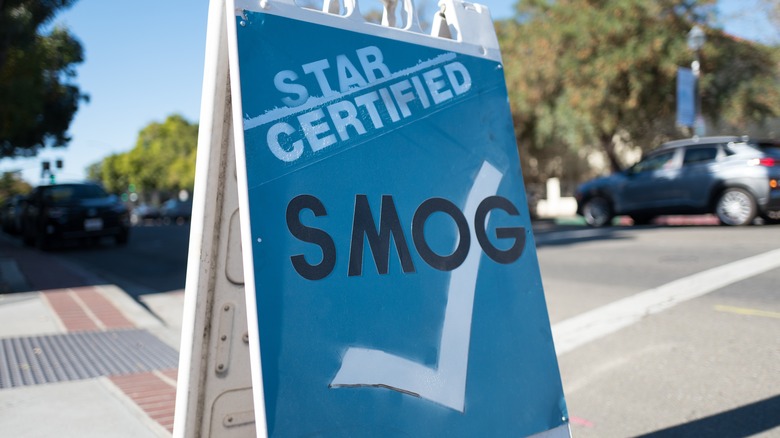Can You Pass An Inspection With The Check Engine Light On?
The check engine light is that tiny, persistent dashboard icon that can instantly raise your stress levels. It's usually a sign that your car needs attention, with issues ranging from something as simple as a loose gas cap to more serious problems like a faulty catalytic converter. Of course, you can choose to ignore it, but we strongly advise against doing so. In fact, a lit check engine light often indicates that your vehicle's emissions system is malfunctioning, which can lead to increased pollution and potential damage to other components.
Things get trickier when inspection time rolls around. Regulations vary from state to state, so figuring out your chances of passing can feel like solving a puzzle. Many states have adopted California's tougher emissions standards, while others stick with the U.S. Environmental Protection Agency's more general Inspection and Maintenance (I/M) rules. These differences can affect what's tested and how strictly your vehicle is evaluated, depending on its age and specifications.
It usually means failure, but there are exceptions
Generally, a lit check engine light is a red flag that leads to failure. If your vehicle is 1996 or newer, it's equipped with an Onboard Diagnostic system (OBD-II), which inspectors use to verify emissions compliance. During the inspection, they plug a scanner into the OBD-II port — usually located under the dashboard — to read data from your car's computer. When the check engine light is on with the engine running, that's an automatic fail for the emissions test — no questions asked.
That said, not every state treats this the same way. Some only require a safety inspection (checking brakes, tires, lights, etc.), and in those places, that glowing icon might not be a dealbreaker. North Carolina, for example, only mandates emissions tests in 19 counties. If you live outside those, you could skate by with just a safety inspection, even with your engine light on.
There are also exemptions. Vehicles over 20 years old, antique or parade models, diesel-operated cars, and certain low-mileage or newer variants might not need an emissions test at all. Some states even allow temporary waivers if you've tried to fix the issue and still failed.
What to do before inspection day
If your check engine light is on and your inspection date is approaching, there are a couple of things you can try right away. Sometimes a loose gas cap can trigger the light, so tightening it might help. You could also try disconnecting the battery briefly to reset the system if you suspect it's glitchy, which may temporarily turn the light off. However, it's important to note that disconnecting the battery or using a scan tool to clear the codes will erase all stored diagnostic data, including freeze frame information and readiness monitors. That could make the light harder to diagnose if it comes back on.
Unfortunately, simply turning the light off doesn't mean your car is ready for inspection. Your car's onboard system needs to complete a full drive cycle before it will report that everything's in working order. A drive cycle is basically your car's way of self-testing its emissions systems. It involves a mix of city and highway driving over several miles until all internal monitors (usually eleven of them) show a status of "Ready." Your car may not pass inspection if even one of those monitors says "Incomplete."
Depending on your vehicle, completing a full cycle can take anywhere from a few short trips to several days of varied driving, especially if you recently cleared codes or replaced parts.


